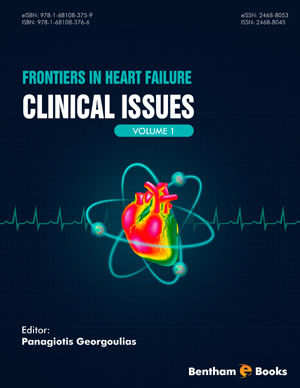Abstract
Heart failure is an important cause of morbidity and mortality worldwide and despite recent advances in therapeutic management, hospitalization rates remain high. The complex interactions of various physiologic, psychological, social, and health care delivery issues make heart failure a challenging chronic disease to manage. A better understanding of the underlying pathophysiological mechanisms, as well as novel diagnostic and therapeutic approaches, may result in cost-effective strategies achieving more drastic control of the epidemic. Prompt diagnosis and optimal treatment of heart failure can affect long-term outcome. A tool with diagnostic, prognostic, and treatment-guiding properties in this respect would be valuable. Recent evidence in the field of molecular biology and heart failure pathophysiology has led to the identification of novel biomarkers that may have significant advantages. Furthermore, heart failure is associated with several cardiac and non-cardiac comorbidities that play an integral role in its development, progression, and response to treatment. The comorbidity burden is highly associated with hospitalization rate in patients with heart failure and preserved left ventricular ejection fraction, as well as in those with heart failure and reduced ejection fraction. In the current review we address these issues and try to analyze this patient population focusing on the need for re-hospitalization and the poor prognosis.
Keywords: Bendopnea, Comorbidities, Dyspnea, Ejection fraction, Epidemiology, Fatigue, Heart failure, Peripheral edema, Prognosis, Rehospitalization, Symptoms.






















